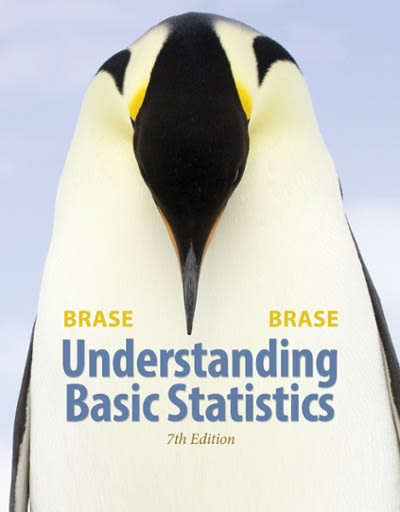Archaeology: Tree-Ring Data The Sand Canyon Archaeological Project, edited by W. D. Lipe and published by Crow
Question:
Archaeology: Tree-Ring Data The Sand Canyon Archaeological Project, edited by W. D. Lipe and published by Crow Canyon Archaeological Center, contains the stem-and-leaf diagram shown in Figure 2-19. The study uses tree rings to accurately determine the year in which a tree was cut. The fi gure gives the tree-ring-cutting dates for samples of timbers found in the architectural units at Sand Canyon Pueblo. The text referring to the fi gure says,
“The three-digit numbers in the left column represent centuries and decades a.d. The numbers to the right represent individual years, with each number derived from an individual sample. Thus, 124 | 2 2 2 represents three samples dated to a.d. 1242.” Use Figure 2-19 and the verbal description to answer the following questions.
(a) Which decade contained the most samples?
(b) How many samples had a tree-ring-cutting date between 1200 a.d. and 1239 a.d., inclusive?
(c) What are the dates of the longest interval during which no tree-cutting samples occurred? What might this indicate about new construction or renovation of the pueblo structures during this period?
(a) What trend does this survey portray regarding age group and the opinion that using a cell phone while driving is very dangerous?
(b) How does the behavior of never using a cell phone while driving compare to the opinion that using a cell phone while driving is dangerous? Do you think that some of the differences in the behavior (never use a cell phone while driving) and the opinion (using a cell phone while driving is very dangerous)
can be attributed to the differences in the survey population? Explain.
Step by Step Answer:

Understanding Basic Statistics
ISBN: 9781305548893
7th Edition
Authors: Charles Henry Brase, Corrinne Pellillo Brase





